 Susan Hayward, circa 1950. Photo: Moviepix
Susan Hayward, circa 1950. Photo: Moviepix
Towards the end of his increasingly unsuccessful term as Labor leader, Ed Miliband decided : for reasons best known to himself, to contribute to a British cultural debate that is taking up far more time than it really deserves: who will be chosen to play the next James Bond. Miliband's choice was unconventional. After meeting with actress Rosamund Pike, the star politician may have said. «I think she's a great British actress and would make a great Bond,» he said, before calling for 007 to change his gender. “It’s 2015, I think we can keep up with the times.”
Miliband's intervention was no more successful than his leadership of the party. Pike herself sighed: “There is nothing about the James Bond character written by Ian Fleming that resembles a woman.” and asked, “Why should a woman get sloppy seconds?” She has several allies. Barbara Broccoli, Bond's all-powerful producer, has repeatedly stated that Bond will never be played by a woman while she is in power. As she said in 2020: «James Bond may be any color, but he is a man.»
In the checkered history of actors considered for the role of Bond, there is one that would come as a big surprise. A recent biography of Bond creator Ian Fleming by Nicholas Shakespeare reveals that when it came to casting the role, producer Gregory Ratoff, who held the film rights until his death in 1960, was disappointed with the options available in the late fifties.
Although he was enthusiastic about Richard Burton («I think [he] would have been by far the best James Bond»), the lack of suitable stars to play the suave secret agent meant that Ratoff had to look outside the box, according to James Stewart. (“if I can translate his accent slightly into English”), first of all, actress Susan Hayward, then an Oscar winner for the 1958 film “I Want to Live!”
 Susan Hayward in 1940 Photo: Getty
Susan Hayward in 1940 Photo: Getty
This may seem like a really strange idea, but according to screenwriter Lorenzo Semple, it reflects Ratoff's disdain for the material. As he told Variety in 2012: “To be honest, we thought [Bond] was something incredible and, as far as I remember, even stupid. So Gregory decided the solution was to make Bond a woman, a 'Jane Bond' if you will.»
It remains unclear whether Hayward was ever offered the role, but it is unlikely that Fleming, who retained veto power over casting, would have approved it. In any case, after Patrick McGoohan and Cary Grant turned down (or were rejected for) the role, Sean Connery was cast in the role, and his Bond remains iconic.
However, Hayward's life and career may have been even more dramatic than the adventures of 007. If she had played a gender-swapped Bond, it would have been just one chapter in her existence, in which she faced triumph, disappointment, tragedy and disaster. during her relatively short life. Although she claimed her birthday was June 30, 1919, it is more likely that she was born two years earlier. The difference is small, but in the age-obsessed world of Hollywood's Golden Age, even those few years can make the difference between landing a leading role or being left in the dustbin.
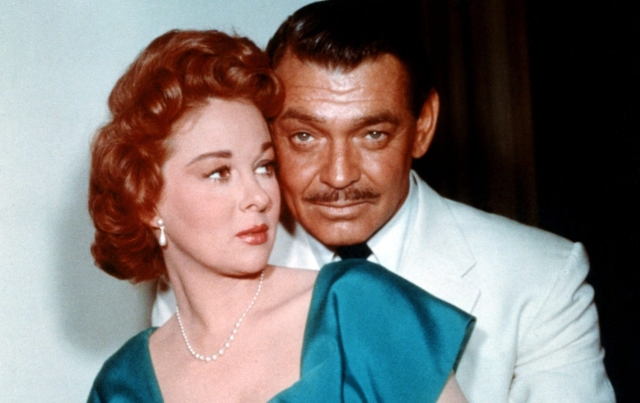 Susan Hayward with Clark Gable, 1955. Photo: Alami
Susan Hayward with Clark Gable, 1955. Photo: Alami
She was born Edith Marrener in Brooklyn and was hit by a car. at age eight, which left her with a slight limp, which she turned into an advantage. Her signature hip swivel has become part of her on-screen persona.
Changing her name to Susan Hayward at the suggestion of a talent agent and enjoying the «Most Dramatic» award in her school class, the fiery-haired actress began her modeling career in 1937 and unsuccessfully auditioned for the role of Scarlett. O'Hara in Gone with the Wind with half of Hollywood.
At first, she seemed stuck in unprecedented ingénue roles in films with titles like The Young and the Willing and Reap the Wild Wind, in which she first starred opposite John Wayne. This was followed by a more challenging role as an alcoholic nightclub singer modeled after Bing Crosby's wife Dixie Lee in the 1947 film Smash-Up, for which she was nominated for her first Oscar.
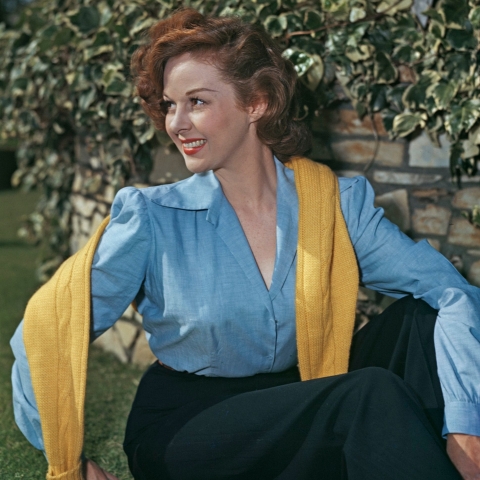 Susan Hayward, circa 1949. Photo: Moviepix
Susan Hayward, circa 1949. Photo: Moviepix
Twentieth Century Fox began casting her in everything from the biblical epic David. and Bathsheba opposite Gregory Peck in the musical biopic With a Song in My Heart, in which she played real-life performer Jane Froman.
She was now considered such a valuable asset to Fox that one executive called her «our most valuable player.» The studio has certainly put money behind its optimism. They publicly estimated that they had invested about $12.5 million in Hayward's pictures, or about a quarter of their annual production budget. Discerning members of the American Congress of Cosmetologists voted her «the most beautiful girl in the world,» and the Hollywood Foreign Press Association declared her and Wayne the world's favorite actors of 1952.
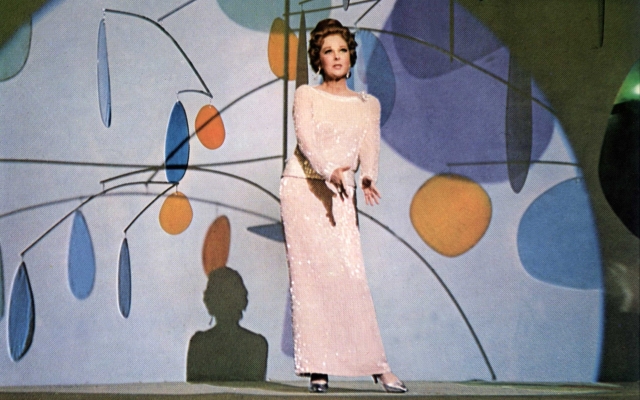 Susan Hayward in “Valley of the Dolls” Photo: Alamy
Susan Hayward in “Valley of the Dolls” Photo: Alamy
This stellar career was almost ruined by a particularly messy and public divorce in 1955 from actor Jess Barker, to whom she had been married since 1944. Hayward testified about Barker's abusive and aggressive behavior in a divorce trial while trying to win custody of the child. their twin sons. She was successful, receiving both custody and joint assets worth over a million dollars. However, the publicity and stress caused by the case led her to attempt suicide by taking an overdose of sleeping pills. Hayward, fortunately, regretted her decision and called her mother in a panic, causing police to carry her out of her California home and break down the door. Photos of her in a hospital blanket, pale and fragile, were plastered all over the newspapers.
Soon after recovery. Hayward was found in the bedroom of another actor, Donald Barry, by Barry's girlfriend Jill Jarmin. Hayward attacked Jarmin after an argument broke out and she was insulted. She defused the argument with a joke: “Being Irish, it pissed me off.”
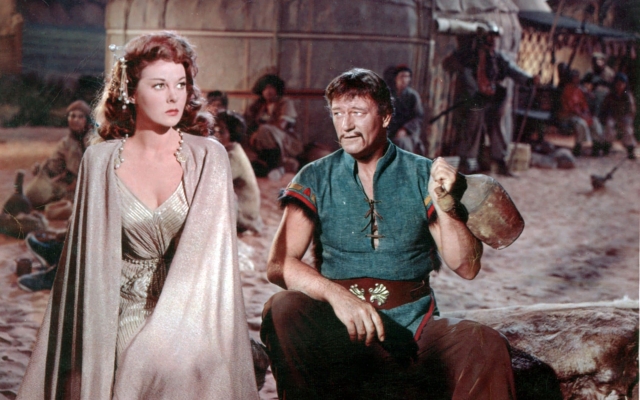 Susan Hayward with John Wayne in the film «The Conqueror» Photo: Alamy
Susan Hayward with John Wayne in the film «The Conqueror» Photo: Alamy
She remarried lawyer Floyd Eaton Chalkley in 1957, but not before starring in the ill-fated John Wayne vehicle The Conqueror the previous year. Not only was Genghis Khan's critically-maligned epic star Wayne in Yellowface, but it was unfortunately filmed in Utah, downwind of Nevada's nuclear test sites. About half the cast and crew, including Hayward and Wayne, developed cancer. It has often been suggested that their presence in this highly radioactive zone could be to blame.
However, she bounced back with her Oscar-winning role in the 1958 film I Want to Live, in which she gave a highly sympathetic account of murder conviction Barbara «Bloody Babs» Graham. New York Times film critic Bosley Crowther said, watching her on screen: «Anyone who could stand this test without trembling or shuddering is made of stone.»
She continued acting and, in 1964, had an argument with Bette Davis on the set of Where Love Has Gone (at one point ripping off her wig and throwing it at Davis, shouting “You disgusting old bitch!”). But her marriage to Chalkley took precedence over the comparatively unremarkable roles she was offered in her forties and beyond. While Ratoff contemplated casting her as James Bond, she began taking on fewer and fewer jobs, and her only later performance with any breakthrough was in the 1967 camp extravaganza Valley of the Dolls, in which she played the ruthless Hollywood diva Helen Lawson. However, by then Chalkley had died unexpectedly in Rome in 1966 and Hayward had lost interest in acting. Instead, she became a devout Catholic.
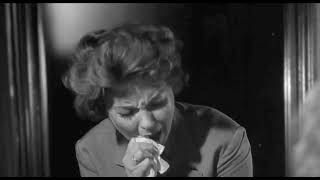
She was diagnosed with lung cancer in 1972, and after it spread, she died on March 14, 1975, aged 57. Wayne would die four years later; 46 people who worked on The Conqueror eventually developed cancer.
Hayward's most recent roles were either small roles in unremarkable films such as William Holden's Western The Avengers, or starring roles in television films such as Goodbye Maggie Cole, in which she played a doctor. , who befriends a dying girl. By then she had already established herself as a truly great Hollywood star, but not without her eccentricities. For example, she liked to sign her contracts at exactly 2.47 a.m., following the advice of «gregarious Aquarius» Carroll Reiter, the so-called «astrologer to the stars.»
Nevertheless, she retained a practical sensibility that served her well throughout all the turns of her life. As she once remarked, “I never thought this could happen to a girl from Brooklyn.” Would she make a good James — or rather Jane -… Bond? Probably no. After all, she was American.





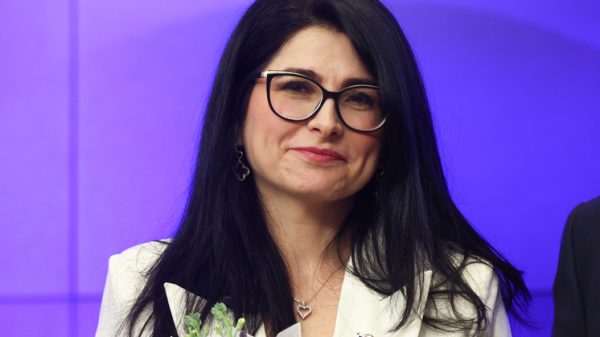







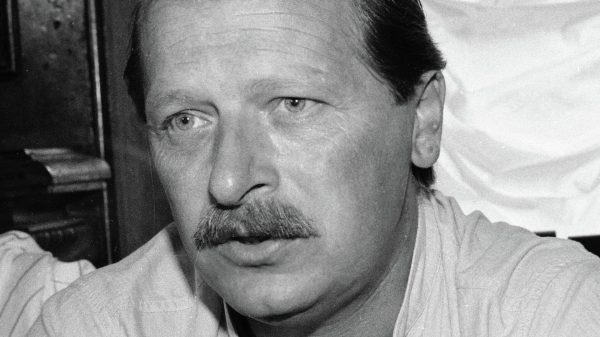

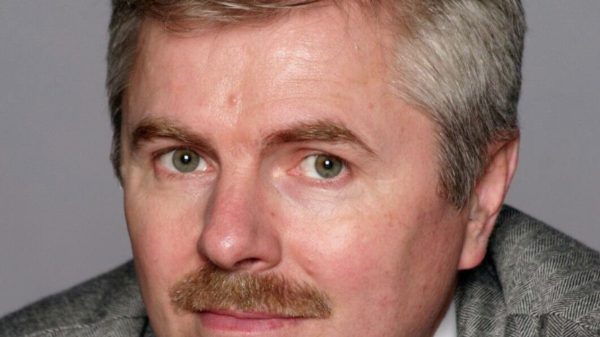




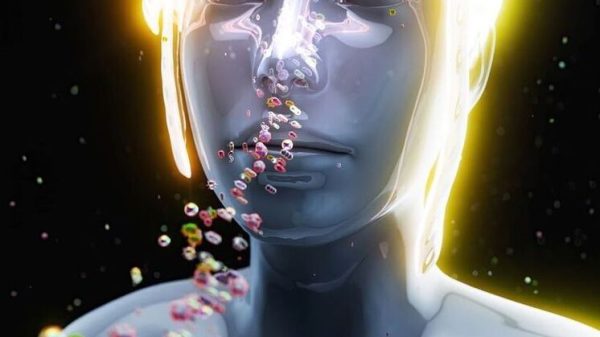

































Свежие комментарии